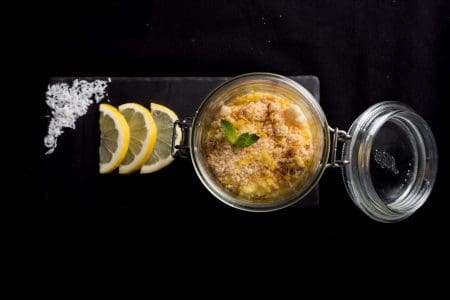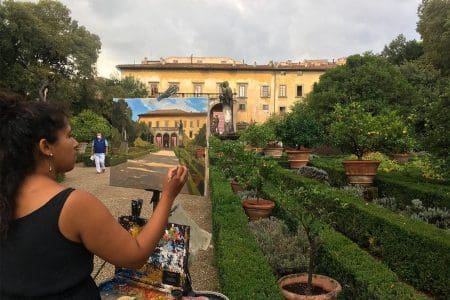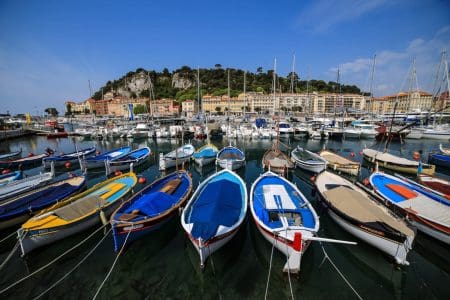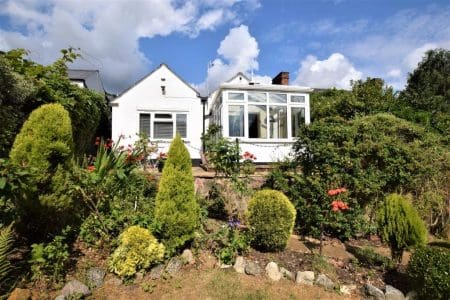British citizens will be free to visit Spain again very soon without the need for quarantine when they get back. As big cities and popular beaches are now slightly less appealing, many holidaymakers are looking for more breaks that offer more space and isolation.
To lend a hand, the Balearic Islands Tourism Board suggests five hidden spots perfect for summer isolation.
Re-connect with nature in Cabrera National Park
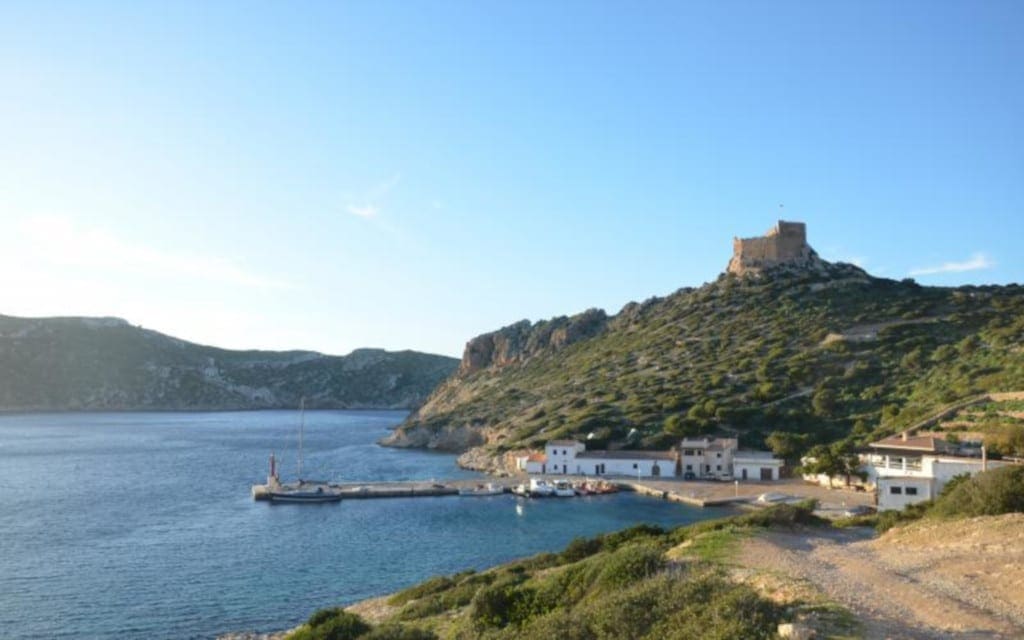
Cabrera is an uninhabited island which floats ten miles off the coast of Mallorca and is one of the Balearic archipelago’s most hidden gems. Thanks to the island’s landscape that has remained unchanged for centuries, Cabrera is home to an abundance of seabirds, rich marine life and indigenous flora and fauna, and since 1991 has been recognised as a National Park.
Since water and wetlands make up to 85% of the surface of the park, the area is particularly well known for more than 160 species of marine plants, 22 of which are endemic, including Posidonia Oceanica which purifies the water and contributes to the natural process of cleaning up the sea, helping to create the lagoons and jagged coves that the islands are known for. Must-do activities when visiting Cabrera include diving or snorkelling which allow visitors to explore the biodiversity underneath the water’s surface including turtles, cuttlefish and over 500 other species.
There is a boat service running every day during the summer season which allows visitors to reach Cabrera from Colonia de Sant Jordi, located in Las Salinas (Ses Salines) in the south of Mallorca. The island also has a refuge for those who wish to stay there overnight with a limited capacity of four rooms for 12 people maximum. Prices start from £37 per person for a double room based on two adults sharing.
Take on archery in rural Ibiza
Besides its bohemian vibe and picturesque beaches, Ibiza is also known for its charming villages with characteristic whitewashed buildings. Many of the island’s traditional lime-coloured farmhouses have been turned into stylish rustic hotels and retreats allowing their visitors to stay away from other sunseekers and enjoy the island’s tranquil and natural surroundings.
One of the smallest villages of the island, nestled in the southwest amongst scenic olive groves and citrus orchards, is Es Cubells. With fewer than 1,000 inhabitants, this isolated gem offers charming authenticity and spectacular views over the neighbouring Formentera from a dramatic cliff located in the village’s centre. Following the road that runs from the square, visitors can reach several beaches, including Cala des Cubells, Ses Boques or Cala Llentrisca, which remain unspoilt and uncrowded due to the limited access.
In addition to its 19th-century church and a couple of restaurants serving traditional Ibizan cuisine, Es Cubells is also home to a small sports centre where visitors can practice the village’s most popular sports activity, archery. Club De Tir Amb Arc Es Cubells, which is a formal body organising archery courses in the village, offers several courses for all levels and ages.
Located only 11-minute drive from Es Cubells, Los Jardines de Palerm Hotel is a an idyllic 400-year-old finca offering two swimming pools in exotic gardens and nine bedrooms, most of which have its own private terrace. A one-night stay in a standard double room during the summer season is priced from £243 based on two adults sharing.
Discover the charming island of Formentera
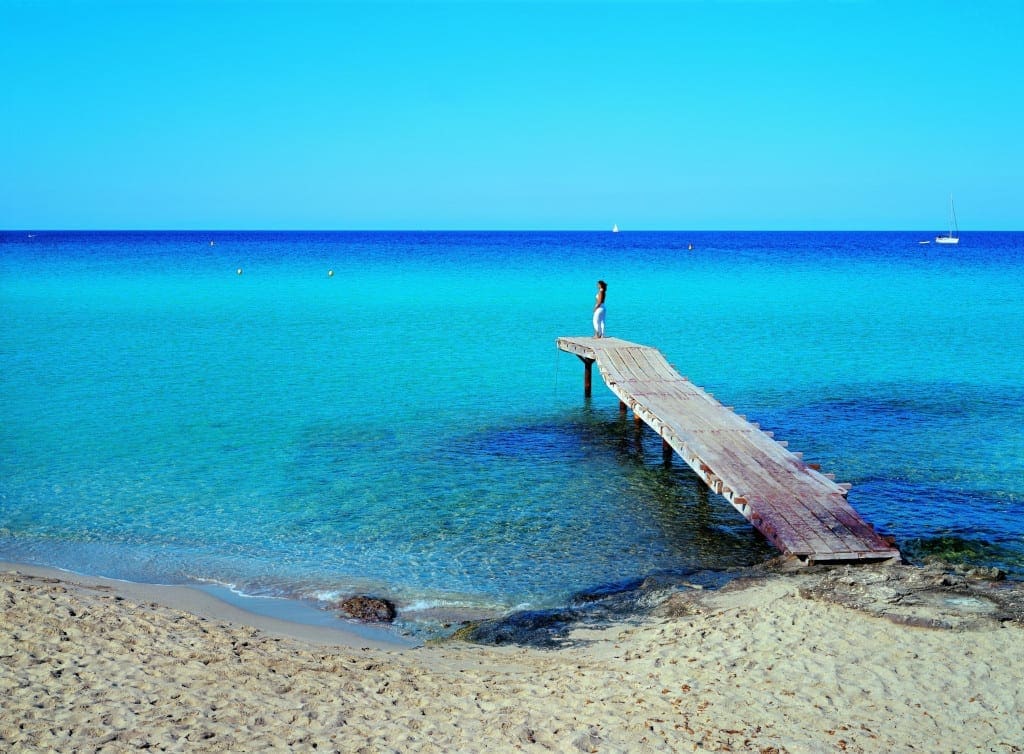
Dangling off the south coast of Ibiza, a mere half-hour away by fast ferry, the 20km-long island of Formentera is somewhat left out from the collective conscience of Britons when thinking of the Balearics. The picture-postcard island treats visitors with pristine beaches, Caribbean style beaches and wide views over the islands beautiful and preserved nature which all contribute to its secluded charm.
A good starting place is the stunning split of Mediterranean sand that forms Platja de Ses Illetes (Illetes Beach). The beach is surrounded by calm blue waters and is the perfect place to relax in the blissful sunshine. For more active travellers, Formentera’s rocky cliffs and pristine beaches can be toured by bicycle in just a day or two. Bike hire is available at the marina and starts from €10 for a day from. Riders can follow the scenic and well-marked Circuitos Verdes cycling route and even climb to the highest point on the island, the village of Pilar de la Mola which offers stunning panoramas.
Sant Francesc Xavier Village is the island’s cultural hub with a peaceful atmosphere perfect for meandering the network of quiet avenues and small plazas discovering different village traditions around every corner. Or, visit the TerraMoll Vineyard, the largest vineyard in Formentera located on the highest part of the island in the La Mola area and producing a diverse range of wines that reflect the character of Formentera.
Blanco Hotel Formentera is located a 15-minute cycle away from the secluded beach of Platja de Ses Illetes and the same distance from Sant Francesc Xavier. This family-owned 4-star hotel offers 78 bright and stylish bedrooms, a large outdoor swimming pool and a small gym offering some relaxing massages for an additional cost. Prices for a one-night stay for two adults start from £237.
For more Balearic travel inspiration, read Mark Bibby Jackson’s Formentera Holidays: 50 Shades of Blue.
Embark on a solo hike in Menorca
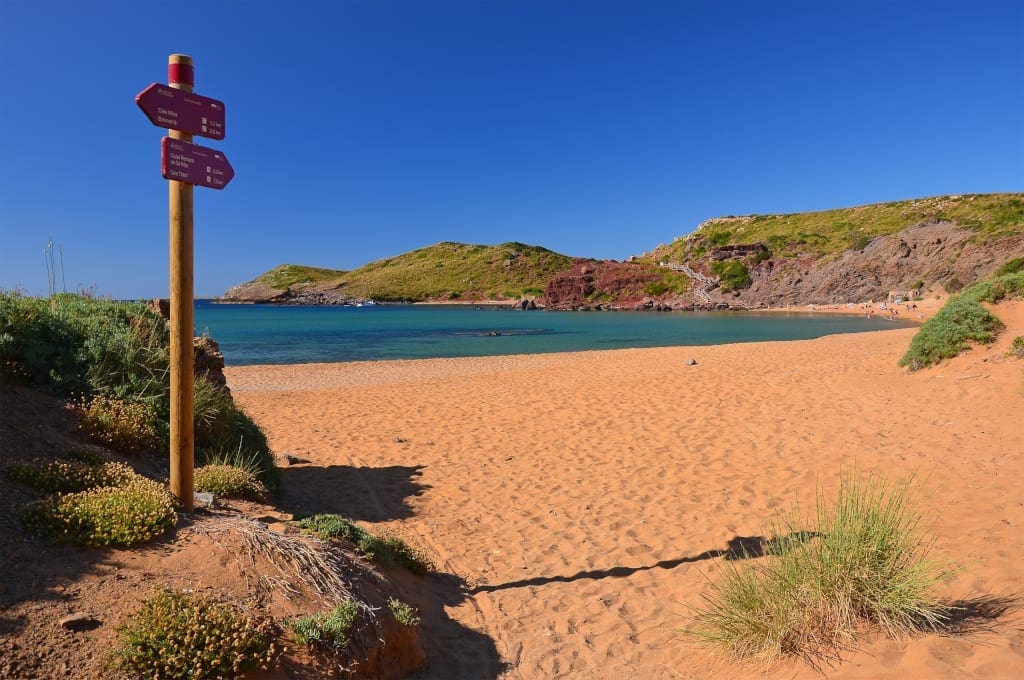
Home to an abundance of winding coastal paths and rugged coves, the varied landscape and dramatic scenery of Menorca makes it a prime hiking destination. Depending on their physical condition and personal preferences, visitors can choose between the rugged and steep northern coast and sandstone paths in the south.
Routes around the island include the Santa Galdana Bay Walk – an easy trek which travels along coastal paths and through breezy headlands, the Punta Prima to Sant Esteve walk, which leads to Torre d’Alcaufar – a restored lookout tower, and the famous Camí de Cavalls, a historic path running around the entire coastline of the island which has recently seen a number of improvements thanks to investments from the Sustainable Tourism Tax. The whole of the Camí de Cavalls is nearly 115 miles long and is divided up into 20 stages that can be either walked as a single long hike or individually in sections.
Regardless of the route and distance, there is a wide variety of accommodation scattered across the island – from guesthouses and hostels to apartments, hotels and rural retreats.
The Hotel Xaloc Playa is located in Punta Prima, on the eastern coast of Menorca. Thanks to its convenient location and proximity to several hiking trails, the hotel serves as an ideal starting point to the Camí de Cavalls. In addition to standard double rooms, Xaloc Playa offers also bungalows, which provide an isolated accommodation for groups of up to five people with prices starting from £253 per night.
Hidden treasures in Palma’s city centre
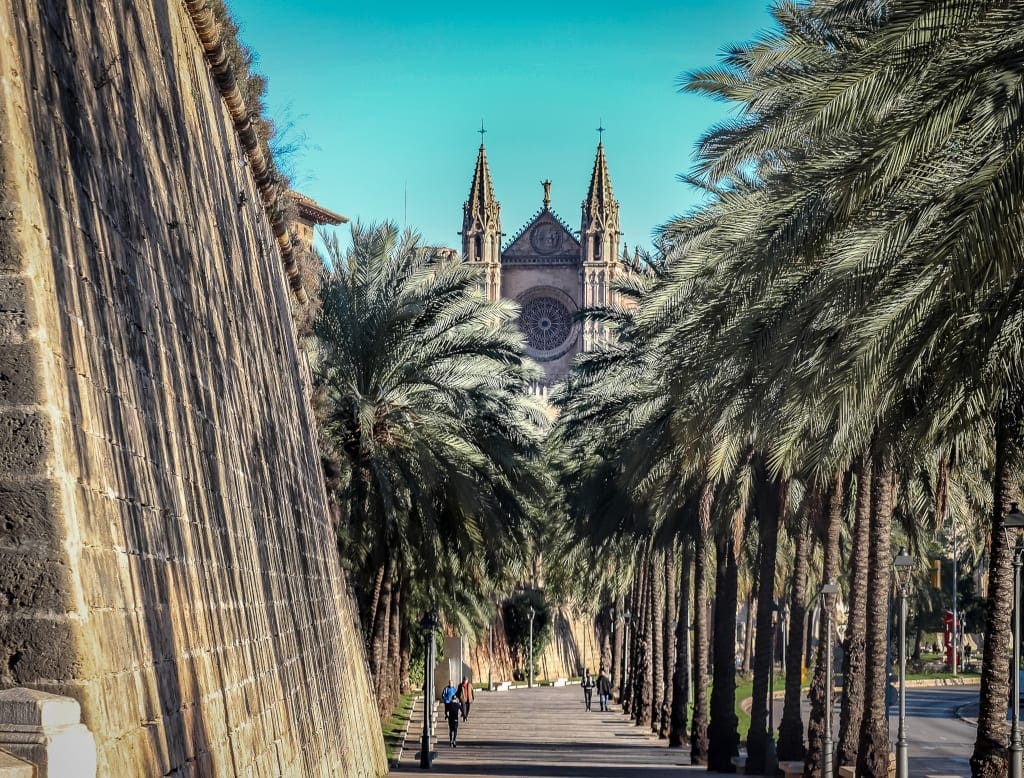
The bustling city of Palma de Mallorca is the capital of the Balearic Islands and home to iconic monuments such as Palma Cathedral. However within its city centre are a number of treasures hidden right under the nose of visitors. These medieval streets are adorned with gargoyles, arches, rose windows in gothic churches, secluded squares and the famous Mallorcan patios.
There are more than 40 patios in Palma and each of the Mallorcan patios of Palma’s stately homes makes up a unique architectural space with its own aesthetics, identity and character. Many of the patios are private properties whose patios can be viewed from outside in however there are a number that have become public institutions such as the Museum of Contemporary Spanish Art, the Palau March Museum, the High Court or San Pere I San Bernat Hospital.
The origins of Palma’s patios go back to the Roman period however were rejuvenated in the Renaissance and Baroque periods. Today visitors can stroll through Palma’s ancient streets discovering different patios and the history behind them.
Palma’s cultural heritage is also reflected in the city’s array of unique accommodation, housed in historic palaces and town houses. For example, the characterful Ca Sa Galesa, located in the heart of Palma’s historical old town, offers a space of calm and tranquillity just a stone’s throw away from the majestic La Seu cathedral. Standard double rooms are available from £170 per person per night.
For more information on what to see and to in the Balearic Island, please visit: www.illesbalears.travel. Cover photo: Platja de ses Illetes by Jaume Capellà © Arxiu AETIB.
